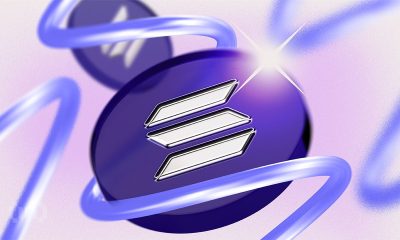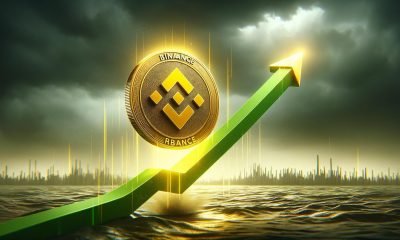Market
WazirX Recovery, Nvidia Robots, and More


This week, the crypto market saw major developments, including Donald Trump’s Bitcoin plan announced at the Bitcoin 2024 Conference, WazirX’s controversial hack recovery strategy, and Nvidia’s advancements in humanoid robotics.
These events showcase the ever-changing nature of the crypto industry, eliciting diverse responses from global experts and stakeholders.
Donald Trump’s Bitcoin Strategy: A Game-Changer or Economic Gamble?
During the Bitcoin 2024 Conference in Nashville, former President Donald Trump announced his intention to prevent the US government from selling its Bitcoin (BTC) holdings. This policy plan has sparked diverse reactions from industry experts.
For instance, Anthony Scaramucci, founder of SkyBridge Capital, praised Trump for pushing Bitcoin into the political spotlight and emphasized the need for bipartisan support for cryptocurrency. However, Scaramucci also raised concerns about the broader implications of Trump’s approach. He acknowledged the risks associated with Trump’s policies despite his agreement on the crypto front.
Read more: 7 Best Crypto Exchanges in the USA for Bitcoin (BTC) Trading
Meanwhile, renowned economist Peter Schiff criticized the ‘never sell your Bitcoin’ ideology. Schiff questioned the practicality of retaining Bitcoin without ever selling it. He argued that such a strategy could be economically flawed.
“If that’s true and no one who buys Bitcoin ever sells any, what’s the point of owning it? What’s the appeal of living in poverty, dying with a big stack of Bitcoin, with successive generations of heirs repeating the process?” he said.
Trump’s statement also prompted reactions from outside the US. Hong Kong legislator Johnny Ng said he would explore the feasibility of adding Bitcoin to the city’s financial reserves.
Ng noted that integrating Bitcoin into national or regional financial reserves is worth exploring, given BTC’s increasing global acceptance and its perception as “digital gold.” However, he pointed out that such measures needed to comply with regulatory standards.
Crypto Exchange WazirX’s Recovery Plan Faces Backlash
WazirX, one of the prominent Indian crypto exchanges, shared a controversial plan to distribute a $230 million loss among its users following a major security breach. Earlier in July, the Mumbai-based company witnessed a cyberattack that compromised nearly half of its reserves, marking India’s largest crypto heist to date.
To handle the aftermath, WazirX intends to re-establish operations within a week and introduce a “fair and transparent socialized loss strategy.” This strategy involves adjusting customer portfolios, returning 55% of holdings, and locking the remaining 45% in USDT-equivalent tokens. Importantly, this impacts all users, even those whose assets were not directly stolen.
WazirX provides two recovery options. Option A prioritizes trading and holding assets and restricts withdrawals, while Option B allows trading and withdrawals but places users at a lower priority for recovery. Users can switch between these options before making any trades or withdrawals.
The exchange founder, Nishal Shetty, addressed the community, stating the firm did not insure customer funds as viable options were unavailable. He warned that recovery could take years and might only partially restore losses.
Critics, including policy expert Nikhil Pahwa, argue that WazirX’s actions exceed typical exchange responsibilities, essentially redistributing assets among users. Customers have also questioned why the company isn’t using its profit reserves to mitigate losses.
SEC Removes Solana, Cardano, and Filecoin from the Security Tokens List
On July 30, the US Securities and Exchange Commission (SEC) modified its lawsuit against crypto exchange Binance. The revision notably removes Solana (SOL), Cardano (ADA), and Filecoin (FIL) from being classified as securities. These tokens are among the 67 the SEC has previously categorized as securities.
This legal adjustment is part of a case initially filed in June 2023. The recent response to the court’s order, dated July 9, 2024, outlines the SEC’s intention to modify its stance regarding the “Third Party Crypto Asset Securities” in its opposition to Binance’s dismissal motion.
This change in the SEC’s approach eliminates the immediate need for the court to determine if the tokens in question meet the criteria for being classified as securities. This decision could indicate a significant shift in how certain cryptocurrencies are perceived and regulated in the US. It may clarify the regulatory status of many altcoins, which exist in a gray area between utility and security. Additionally, it could pave the way for the approval of the next exchange-traded fund (ETF).
The crypto community members have also reacted positively to the SEC’s revisions, especially regarding optimistic price targets for Solana.
Nvidia’s Robotic Innovations: What’s Next?
Technology company Nvidia announced it provides infrastructure for the next generation of humanoid robotics. It will serve global leaders in robot manufacturing, AI model development, and software-making industries.
The next generation of humanoid robots will redefine human-machine interaction possibilities, paving the way for a future where intelligent machines work alongside humans seamlessly. The American multinational corporation offers services, models, and computing platforms to accelerate global-scale humanoid development, empowering developers to train robots using human demonstration data.
“The next wave of AI is robotics, and one of the most exciting developments is humanoid robots. We’re advancing the entire Nvidia robotics stack, opening access for worldwide humanoid developers and companies to use the platforms, acceleration libraries, and AI models best suited for their needs,” Jensen Huang, CEO of Nvidia, stated.
Read more: How Will Artificial Intelligence (AI) Transform Crypto?
Nvidia positions itself to catalyze transformative changes in various sectors as humanoid robots become increasingly prevalent in healthcare, manufacturing, and service industries. The firm will play a pivotal role in shaping the future of AI, introducing a new era of innovation.
Although indirectly related, Nvidia’s innovation and development often catalyze AI-related cryptocurrencies. However, the recent announcement failed to push the broader AI-related tokens, such as NEAR, FET, and RNDR, due to the larger influence of Bitcoin’s price at that time, which caused the wider crypto market to decline.
Disclaimer
In adherence to the Trust Project guidelines, BeInCrypto is committed to unbiased, transparent reporting. This news article aims to provide accurate, timely information. However, readers are advised to verify facts independently and consult with a professional before making any decisions based on this content. Please note that our Terms and Conditions, Privacy Policy, and Disclaimers have been updated.
Market
Report Alleges Massive Meme Coin Sniping on Pump.fun
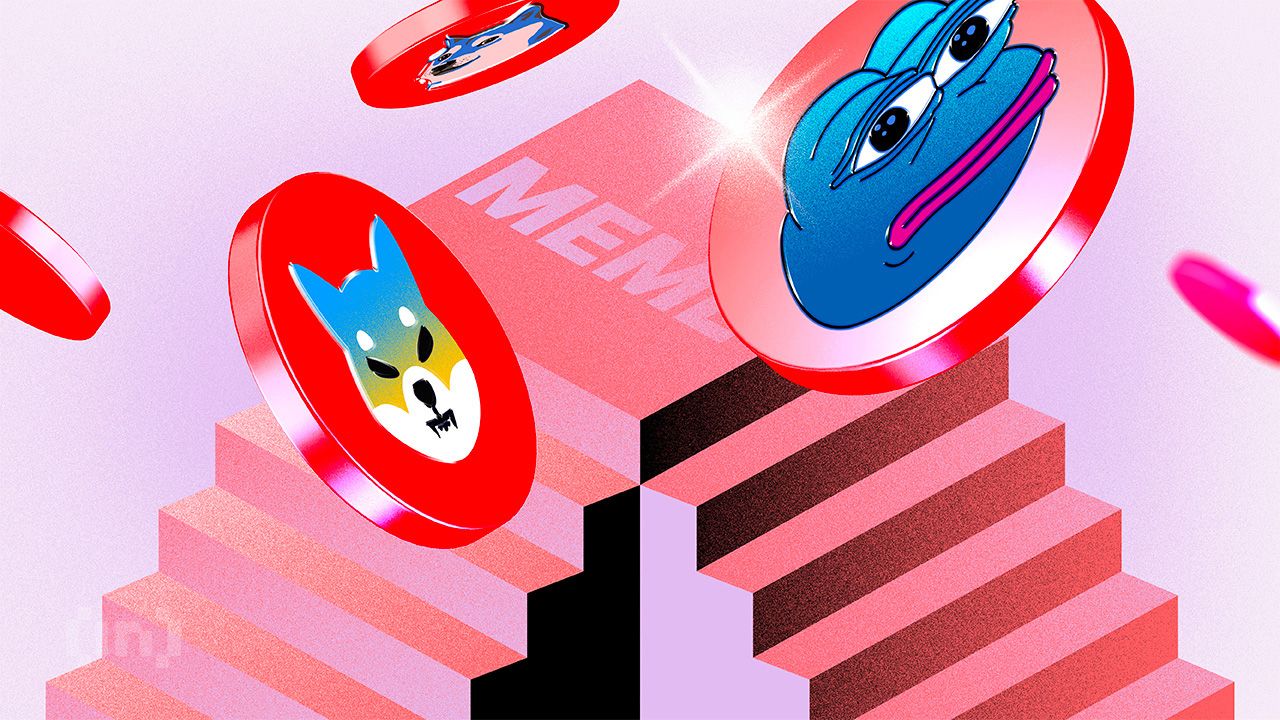
According to a new report from Pine Analytics, token deployers on Pump.fun systematically funded sniper wallets to buy their own meme coins. This impacted over 15,000 token launches on the platform.
These sniper wallets operated primarily during US trading hours, executing standardized, profitable strategies. Unrelated bot activity obscures their behavior, making it extremely difficult to isolate these wallets—and they can readily adapt to new countermeasures.
Snipers Roam Free on Pump.fun Meme Coins
Pump.fun has remained one of the most popular meme coin launchpads on Solana despite persistent controversies and other criticism.
However, Pine Analytics’ new report has uncovered a new controversy, discovering systematic market manipulation on the platform. These snipes include as much as 1.75% of all launch activity on Pump.fun.
“Our analysis reveals that this tactic is not rare or fringe — over the past month alone, more than 15,000 SOL in realized profit was extracted through this method, across 15,000+ launches involving 4,600+ sniper wallets and 10,400+ deployers. These wallets demonstrate unusually high success rates (87% of snipes were profitable), clean exits, and structured operational patterns,” it claimed.
Solana meme coin deployers on Pump.fun follow a consistent pattern. They fund one or more sniper wallets and grant them advance notice of upcoming token launches.
Those wallets purchase tokens in the very first block and then liquidate almost immediately—85% within five minutes and 90% in just one or two swap events.

Pump.fun meme coin developers exploit this tactic to create the appearance of immediate demand for their tokens. Retail investors, unaware of the prior sell‑off, often purchase these tokens after the snipe, giving developers an unfair advantage. This constitutes market manipulation and erodes trust in the platform.
Pine Analytics had to carefully calibrate its methods to identify genuine snipers. Apparently, 50% of meme coin launches on Pump.fun involve sniping, but most of this is probably bots using the “spray and pray” method.
However, by filtering out snipers with no direct links to developer wallets, the firm missed projects that covered their tracks through proxies and burners.
In other words, the meme coin community does not have adequate defenses against systematic abuse on Pump.fun. There are a few possible ways that the platform could flag repeat offenders and sketchy projects, but adaptive countermeasures could defeat them. This problem demands persistent and proactive action.
Unfortunately, it may be difficult to enact such policies. Meme coin sniping is so systematic that Pump.fun could only fight it with real commitment.
Analysts think that building an on-chain culture that rewards transparency over extraction is the best long-term solution. A shift like that would be truly seismic, and the meme coin sector might not survive it.
Disclaimer
In adherence to the Trust Project guidelines, BeInCrypto is committed to unbiased, transparent reporting. This news article aims to provide accurate, timely information. However, readers are advised to verify facts independently and consult with a professional before making any decisions based on this content. Please note that our Terms and Conditions, Privacy Policy, and Disclaimers have been updated.
Market
Solana Leads Blockchain Metrics as SOL Momentum Builds
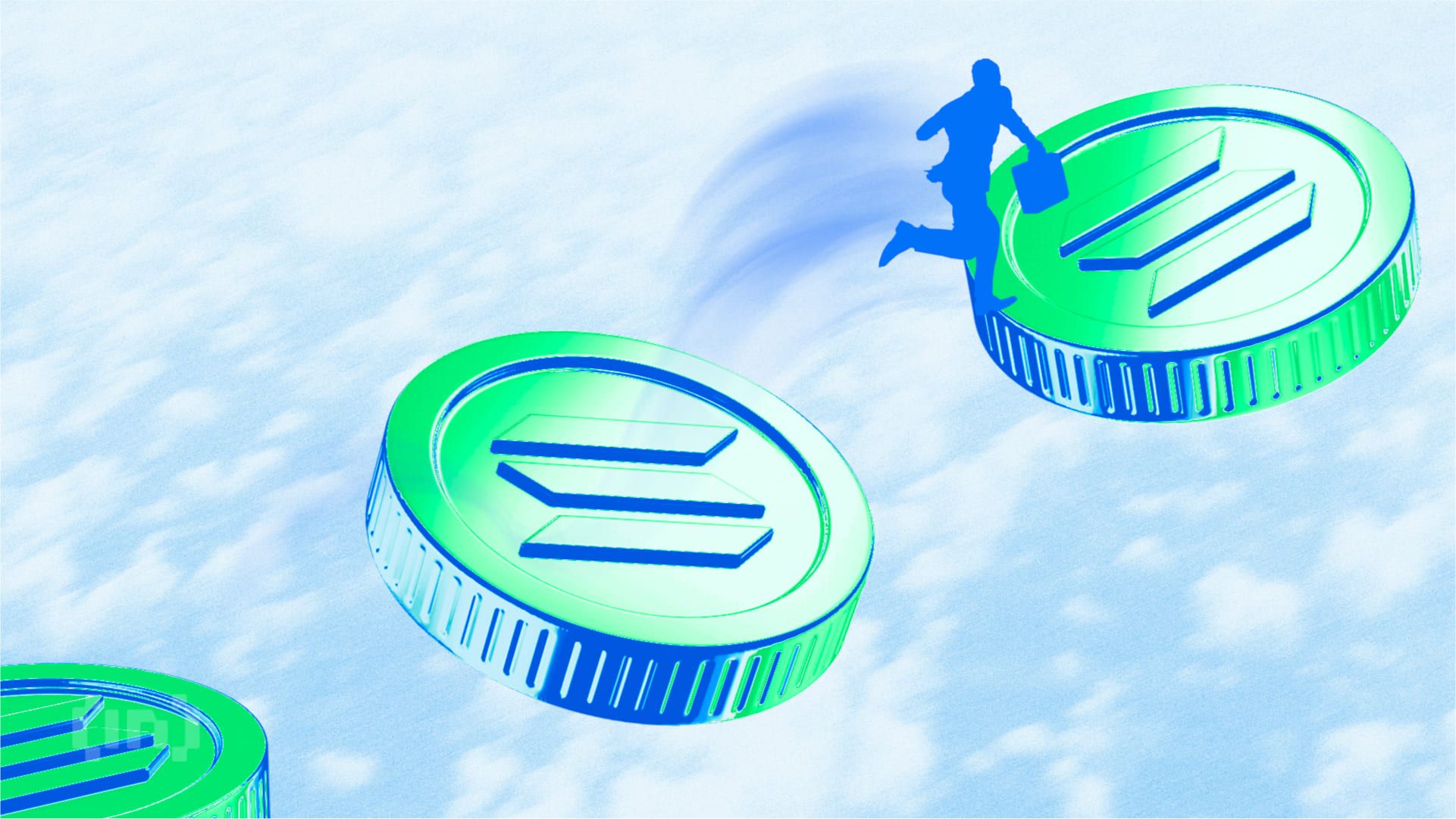
Solana (SOL) continues to show strength across multiple fronts, maintaining a bullish structure on its Ichimoku Cloud chart while gaining momentum in key market metrics. The BBTrend indicator has turned higher again, signaling renewed buying pressure after a brief cooldown.
On-chain activity remains strong, with Solana leading all blockchains in DEX volume and dominating fee generation thanks to the explosive growth of meme coins and launchpad activity. With SOL now trading above a key resistance level, the path is open for further upside—though a loss of momentum could still trigger a retest of lower supports.
Solana Maintains Bullish Structure, but Momentum Faces Key Test
On Solana’s Ichimoku Cloud chart, the price is currently above the Kijun-sen (red base line) but has dipped below the Tenkan-sen (blue conversion line), signaling weakening short-term momentum.
The flattening Tenkan-sen and price behavior suggest possible consolidation or the early stages of a pullback. Still, with the price holding above the Kijun-sen, medium-term support remains intact.

The overall Ichimoku structure remains bullish, with a thick, rising cloud and leading span A well above span B—indicating strong underlying support.
If Solana finds support at the Kijun-sen and climbs back above the Tenkan-sen, the uptrend could regain strength; otherwise, a test of the cloud’s upper boundary may follow.

Meanwhile, Solana’s BBTrend is currently at 6, extending nearly ten days in positive territory after peaking at 17.5 on April 14. The recent increase from 4.26 to 6 suggests renewed bullish momentum following a brief cooldown.
BBTrend, or Bollinger Band Trend, tracks the strength of price movement based on Bollinger Band expansion.
Positive values like the current one point to an active uptrend, and if the BBTrend continues to rise, it could signal stronger momentum and potential for another upward move.
Solana Dominates DEX Volume and Fee Generation as Meme Coins Drive Ecosystem Growth
Solana has once again claimed the top spot among all chains in DEX volume, recording $15.15 billion over the past seven days. The combined total of Ethereum, BNB, Base, and Arbitrum reached $22.7 billion.

In the last 24 hours alone, Solana saw $1.67 billion in volume, largely fueled by its booming meme coin ecosystem and the ongoing launchpad battle between PumpFun and Raydium. Adding to this good momentum, Solana recently surpassed Ethereum in Staking Market Cap.

When it comes to application fees, Solana’s momentum is just as clear. Four of the top ten fee-generating apps over the past week—PumpFun, Jupiter, Jito, and Meteora—are Solana-focused.
Pump leads the pack with nearly $18 million in fees alone.
Solana Breaks Key Resistance as Uptrend Targets Higher Levels, but Risks Remain
Solana has finally broken above its key resistance at $136, flipping it into a new support level that was successfully tested just yesterday.
Its EMA lines remain aligned in a bullish setup, suggesting the uptrend is still intact.
If this momentum continues, SOL price could aim for the next resistance zones at $147 and $152—levels that, if breached, open the door to a potential move toward $179.
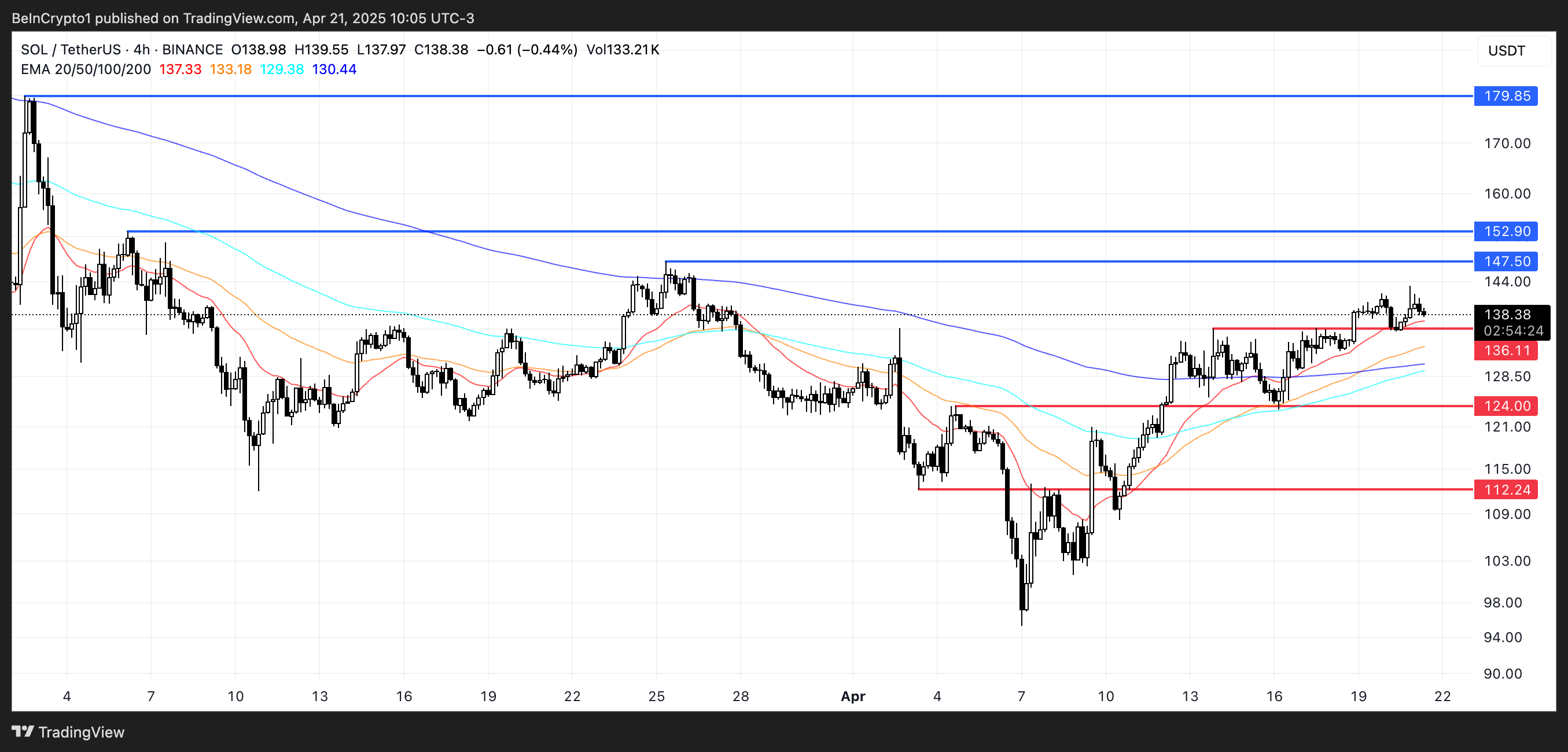
The current structure favors buyers, with higher lows and strong support reinforcing the trend.
However, if momentum fades, a retest of the $136 support is likely.
A breakdown below that level could shift sentiment, exposing Solana to deeper pullbacks toward $124 and even $112.
Disclaimer
In line with the Trust Project guidelines, this price analysis article is for informational purposes only and should not be considered financial or investment advice. BeInCrypto is committed to accurate, unbiased reporting, but market conditions are subject to change without notice. Always conduct your own research and consult with a professional before making any financial decisions. Please note that our Terms and Conditions, Privacy Policy, and Disclaimers have been updated.
Market
Crypto Firms Donated $85 million in Trump’s Inauguration

According to a new report, 15 firms and individuals from the crypto industry donated more than $100,000 to President Trump’s Inauguration, totaling over $85 million.
Almost all of these companies apparently received direct or indirect benefits from Trump’s administration. This includes dropped legal proceedings, lucrative business partnerships, participation in Trump’s Crypto Summit, and more.
Crypto Industry Went All-In on Trump’s Inauguration
Since promising to bring friendlier regulations on the campaign trail, Donald Trump attracted a reputation as the Crypto President.
Trump’s Inauguration festivities included a “Crypto Ball,” and several prominent firms made donations for these events. Today, a report has compiled all crypto-related contributions of over $100,000, revealing some interesting facts.

Since taking office, President Trump and his family have been allegedly involved in prominent crypto controversies, and these donations may be linked to several of them.
For example, eight of the donors, Coinbase, Crypto.com, Uniswap, Yuga Labs, Kraken, Ripple, Robinhood, and Consensys, had SEC investigations or lawsuits against them closed since Trump’s term began.
The commission might have dropped its probe against these companies anyway due to its changing stance on crypto enforcement. However, being in the President’s good books likely helped the process.
Further Alleged Benefits for Donors
In other words, nearly half the firms that made donations to Trump’s Inauguration have seen their legal problems cleared up quickly. This isn’t the only regulation-related benefit they allegedly received.
Circle, for example, recently made an IPO after openly stating that Trump’s Presidency made it possible. Galaxy Digital received SEC approval for a major reorganization, a key step for a NASDAQ listing.
Other donors, such as Crypto.com and ONDO, got more direct financial partnerships with businesses associated with the Trump family.
Previously, Ripple’s CEO, Brad Garlinghouse, anticipated a crypto bull market under Trump. Also, XRP, Solana, and Cardano were all unexpectedly included in the US Crypto Reserve announcement.
All three of these companies made major donations to Trump’s Inauguration.
It seems that most of the firms involved got at least some sort of noticeable benefit from these donations. Donors like Multicoin and Paradigm received invitations to Trump’s Crypto Summit, while much more prominent groups like the Ethereum Foundation got snubbed.
Meanwhile, various industry KOLs and community members have already alleged major corruption in Trump’s crypto connections.
While some allegations might lack substantial proof, the crypto space has changed dramatically under the new administration, for both good and bad.
Disclaimer
In adherence to the Trust Project guidelines, BeInCrypto is committed to unbiased, transparent reporting. This news article aims to provide accurate, timely information. However, readers are advised to verify facts independently and consult with a professional before making any decisions based on this content. Please note that our Terms and Conditions, Privacy Policy, and Disclaimers have been updated.
-

 Altcoin21 hours ago
Altcoin21 hours agoWill Cardano Price Break Out Soon? Triangle Pattern Hints at 27% ADA Surge
-

 Market24 hours ago
Market24 hours agoSolana Staking Cap Surpasses Ethereum, But Is This Sustainable?
-

 Market21 hours ago
Market21 hours agoBNB Springs Back From $531 With Unshaken Bullish Conviction
-

 Market20 hours ago
Market20 hours agoCircle, BitGo, and Others Eye Bank Charters in US
-
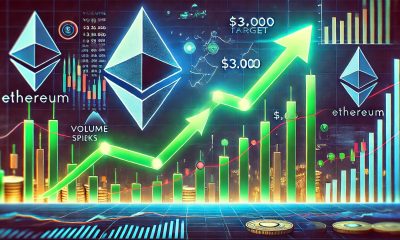
 Ethereum17 hours ago
Ethereum17 hours agoEthereum Analyst Sets $3,000 Target As Price Action Signals Momentum – Details
-
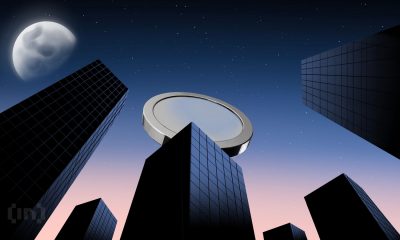
 Market17 hours ago
Market17 hours agoHow Will it Impact OM Price?
-

 Market23 hours ago
Market23 hours agoOptimism, Aztec, and Huma Finance
-

 Market22 hours ago
Market22 hours agoXRP Futures Traders Increase Bets on Upside



